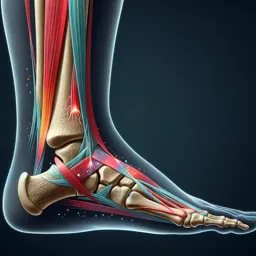Introduction
Sports injuries can profoundly impact an athlete’s physical and emotional well-being, often leading to time away from their favorite activities. While traditional rehabilitation methods remain vital, innovative physiotherapy techniques are increasingly helping to accelerate recovery and enhance long-term outcomes.
Understanding Sports Injury Recovery
Physiotherapy focuses on restoring function, mobility, and strength after injury. The goal is not only to repair damaged tissues but also to address underlying weaknesses that could predispose athletes to future problems. To achieve this, therapists use a wide range of methods tailored to the individual and specific injury.
Cutting-Edge Physiotherapy Techniques
- Manual Therapy: Includes joint mobilization and soft tissue techniques to reduce stiffness, improve circulation, and relieve pain.
- Blood Flow Restriction (BFR) Training: Involves applying specialized cuffs to partially restrict blood flow during exercises, allowing for muscle strengthening at lower loads and reduced joint stress.
- Dry Needling and Acupuncture: Targeted insertion of thin needles helps release muscle trigger points, decrease pain, and enhance tissue healing.
- Cryotherapy and Thermotherapy: Precise temperature control helps manage inflammation and promotes tissue repair.
- Electrical Stimulation: Employs electrical currents to activate muscle fibers, reduce pain, and prevent atrophy during early recovery stages.
- Biomechanical Analysis: Use of motion capture and wearable technology to identify and correct faulty movement patterns that may contribute to injury recurrence.
The Role of Personalized Rehabilitation
Personalized rehabilitation programs consider the type of injury, the athlete’s goals, and their sport-specific demands. Combining innovative techniques with traditional strength and mobility exercises ensures a comprehensive approach to healing and performance restoration.
Empowering Athletes through Education
A crucial element of successful recovery is educating athletes about their injury, expected progress, and strategies for safe return to sport. Physiotherapists also teach self-management techniques to minimize re-injury risk, promoting long-term athletic health.
Conclusion
Modern physiotherapy offers exciting possibilities for sports injury recovery. By integrating innovative tools and evidence-based techniques, athletes can enjoy a quicker, safer return to the activities they love—equipped with knowledge and resilience for the future.
































